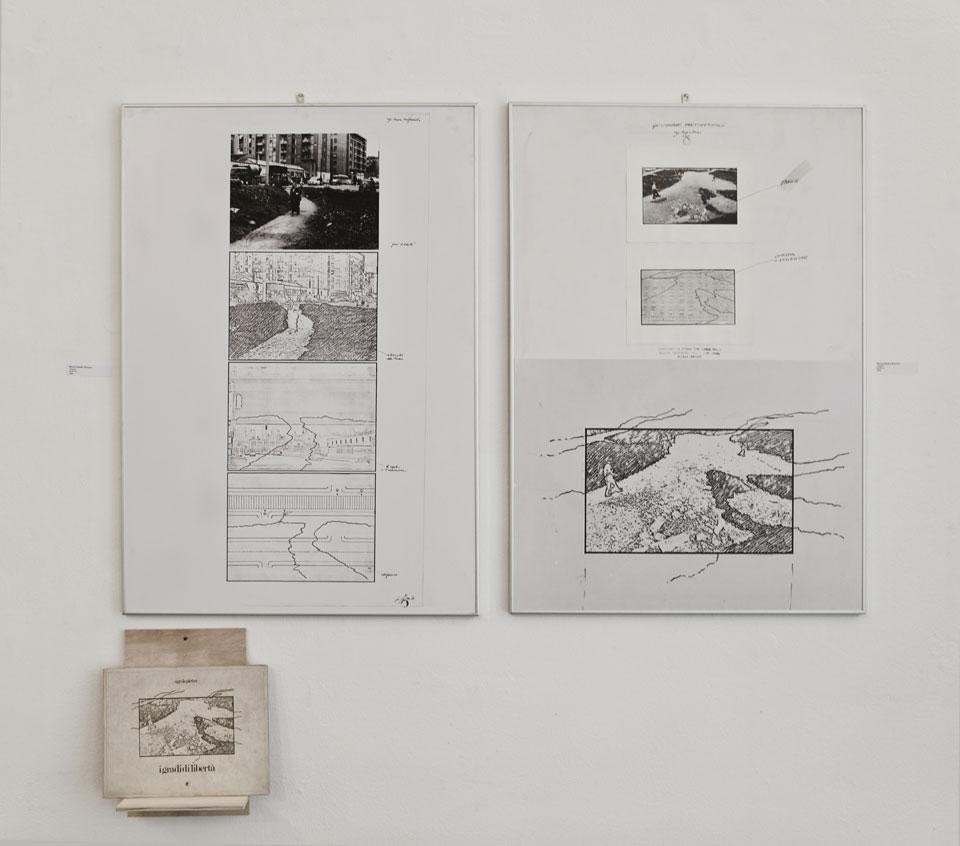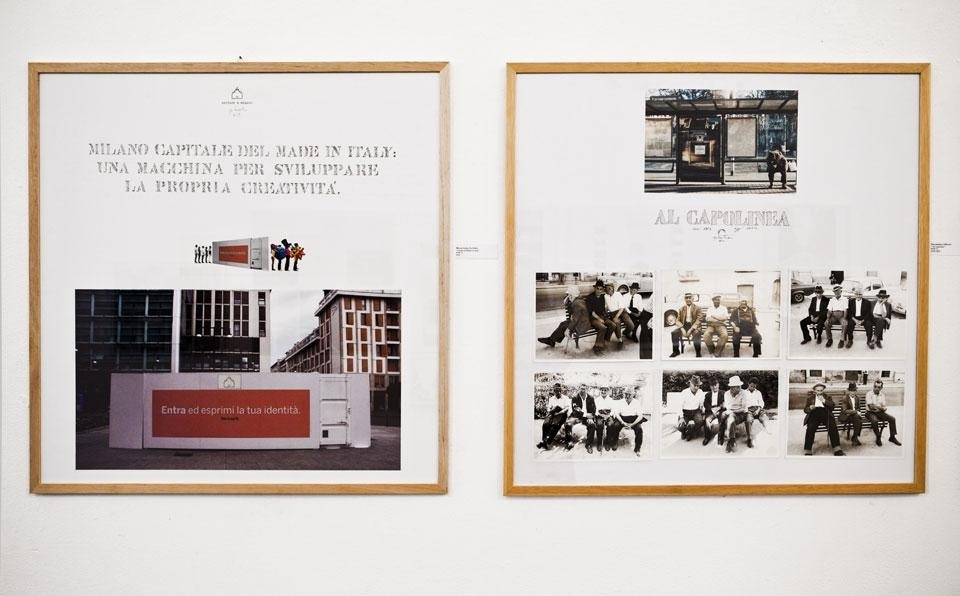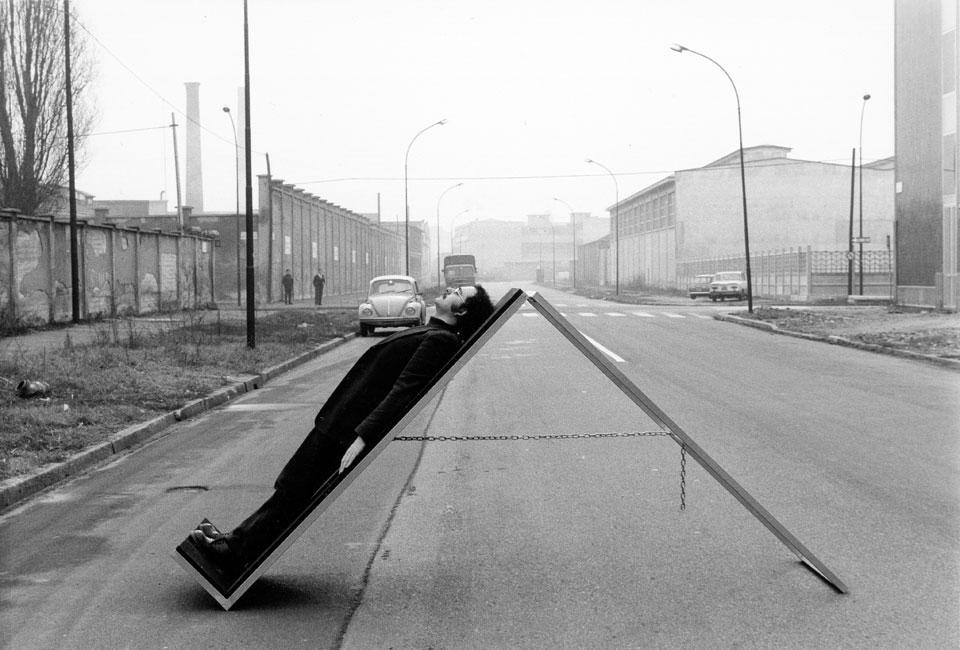Abitare a Milano is the title of an exhibition at Milan's Fondazione Mudima, displaying work by radical artist-architect Ugo La Pietra from the 1960s up to the present. A collection of experiments and investigations that have altered ways of acting/interacting in public space: the piazza. From the suburbs to the city-centre, the work of La Pietra has de-structured artistic language through the theory of the Sistema Disequilibrante and broken down disciplinary boundaries in favour of a contamination of languages: music, cinema, performance, architecture and design. A member of Global Tools, the arts & crafts movement with a radical flavour, he founded the thematic magazines IN and IN Più as a theoretical manifesto of architecture and radical design. La Pietra talked to Domus about his work, the themes that emerge in the exhibition and his own relationship with the city, yesterday and today.
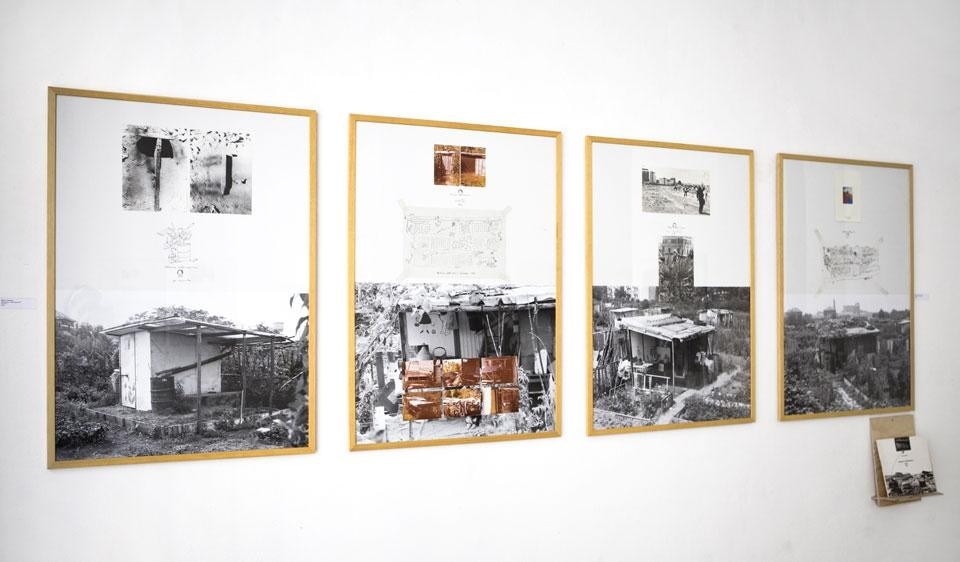
Ugo La Pietra: In the early 1960s I made two and three-dimensional works that highlighted "signs" that could break down a programmed structure. Dorfles called them "randomic signs" in the presentation that he made at my exhibition in 1965. These works come a little before the first experiences in the urban environment, made using the same method: intervening with elements of disturbance (from decodification to provocation) inside of a living reality, to bring to light the rigidity of behaviour of individuals inside the city organised by "traffic functionaries", the so-called town-planners. This gave rise to works and interventions on an environmental scale and the theory that underpins all those works called the Sistema Disequilibrante.
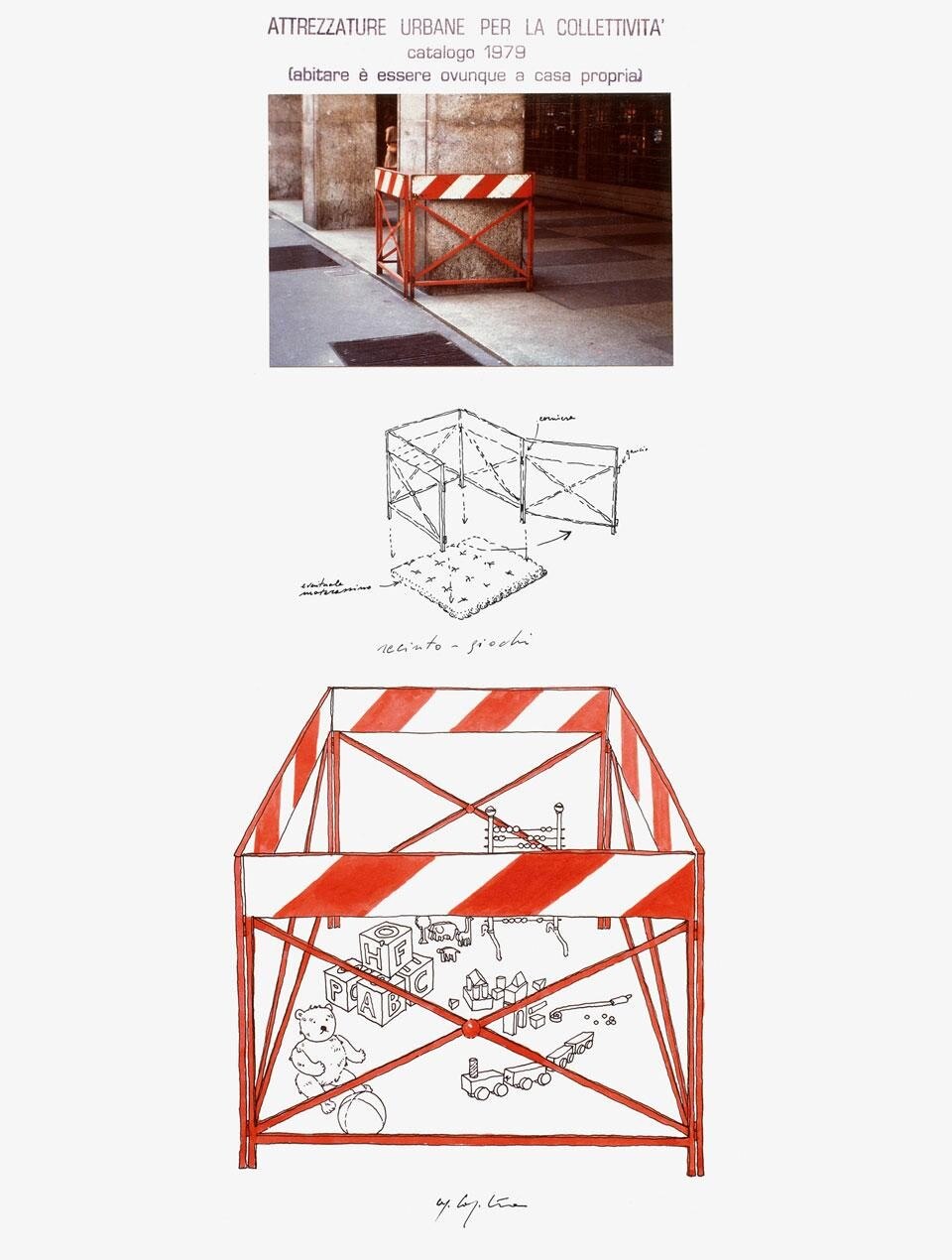
At the beginning of the 1960s, Fontana represented an important reference point above all for the "pittori segnici" (who included Sordini, Verga, Vermi, Ferrari), a group that was working at the same time as the "oggetuali" (Bonalumi, Castellani, Scheggi), the "cinetici" (Colombo, De Vecchi, Anceschi, Varisco, Boriano), and the "programmatic" (Munari, Mari). These groups were very different from one another but did have something in common, "to make a barrier" against the invasion of Pop Art. There still remains (without however the energy of those times), a conviction towards working for identity and difference. So still "making a barrier" against globalisation, with the new invasion of future dominators of culture and the market.
In a society where the "art system" thrives off not so much the work of art but above all through its way of communicating it, I believe that for those who want to experiment (if by experiment you mean — as has always been the case in the history of art — place the system in crisis), it can do so by acting on the communication of the work of art itself
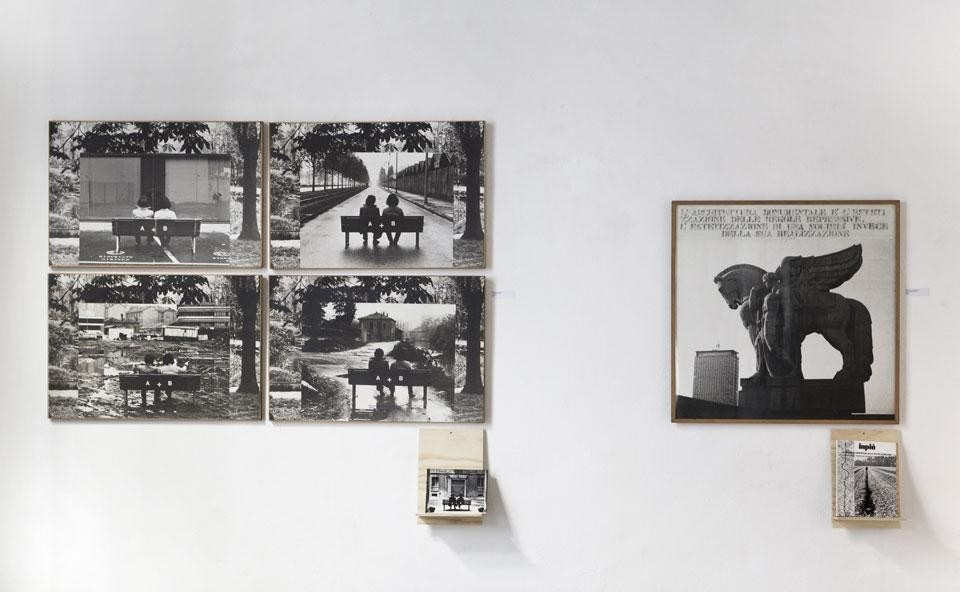
In a society where the "art system" thrives off not so much the work of art but above all through its way of communicating it, I believe that for those who want to experiment (if by experiment you mean — as has always been the case in the history of art — place the system in crisis), it can do so by acting on the communication of the work of art itself.
However there are no clear signals coming through in this sense from new generations. My way of working inside, outside, and across disciplines, today as I did yesterday, is, I feel, an example of this direction.
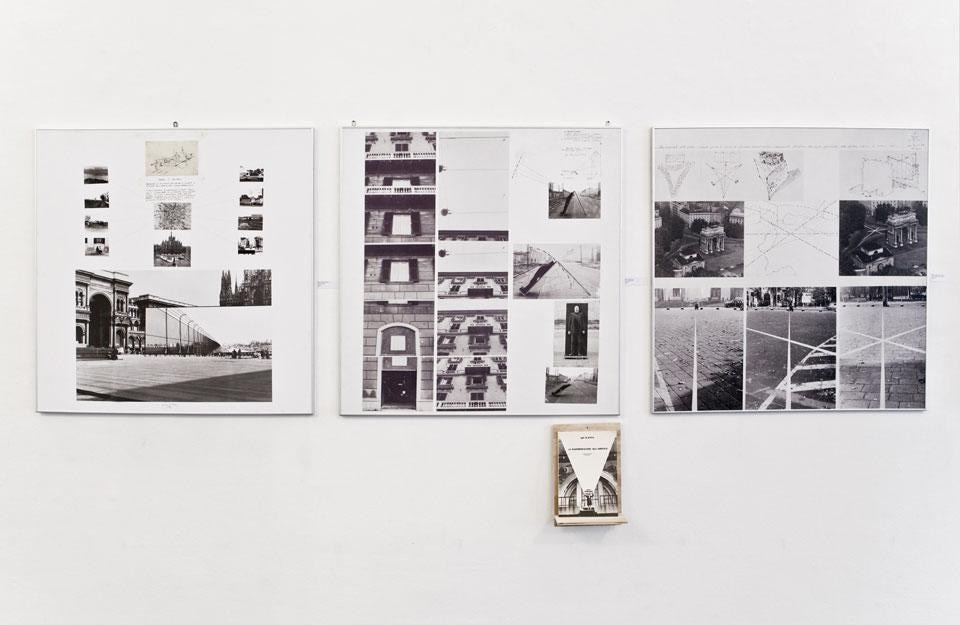
Over recent years, Milan has changed enormously: with the help of the local government (the Comune), "ghettoes" of immigrants have increased, a large part of Milan (again, thanks to the Comune), has become a kind of port for wholesale trading, where hundreds of small shops supply all the retailers in the area creating a system of goods exchange that has overwhelmed the everyday life of neighbourhoods. Micro-spaces have never been addressed from a design point of view (the ones they call Pocket Parks in many European cities), using the great creative potential of Italian and foreign designers that takes over the city each year (only for parties!) during April's Furniture Fair. The plan for the Expo, as everyone knows, is a useless project and out of time (like the Fiera Campionaria) and could have some use if it serves (once the event is over) to leave some traces that could improve our urban space and its liveability.
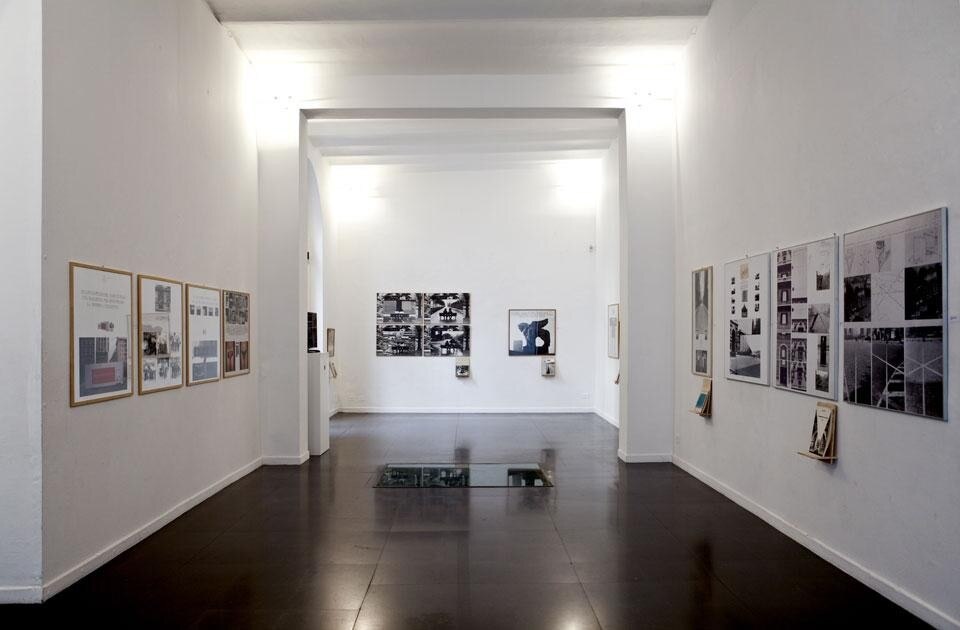
It seems to me that magazines that address the great problems that we are confronting with a truly cultural debate are increasingly rare. There are no design magazines: nowhere where the great possible transformations of design are addressed. For example, there are events and university courses that talk about "self-production", without realising that in reality we are talking about "self-promotion". Too many architecture magazines are competing about who manages to publish the most spectacular works. Simultaneously there is a total abandonment of the applied arts — with the closure of the latest workshops in the Art institutes — and in the magazines devoted to the topic there is utter silence! This argument would need more time and space but it is certain that monographic magazines, intended as a place in which to address different themes from different points of view, are now very rare. The same is true for thematic exhibitions that can produce experimental works around a topical argument.
